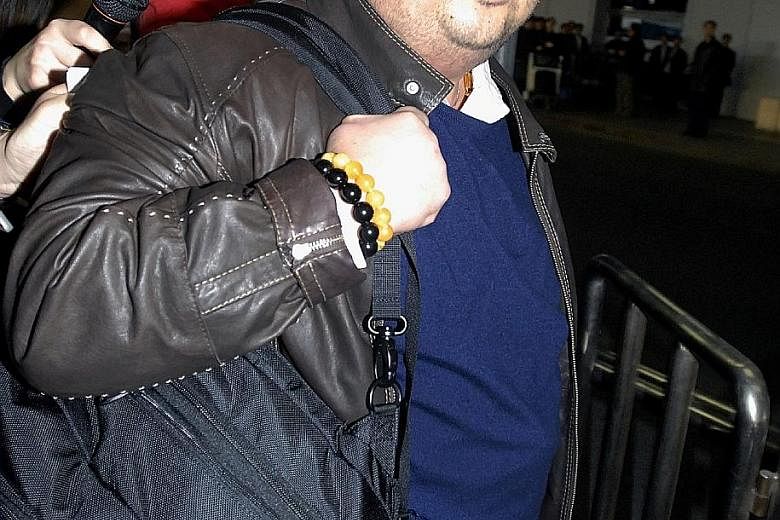WASHINGTON • In a case with a thousand plot twists, there has been but one constant in the murder investigation of Kim Jong Nam: Nothing is ever what it seems.
The playboy half-brother of North Korean leader Kim Jong Un was travelling under false papers when he died, and had to be identified using DNA. The two women accused of killing him turned out to be hired dupes, paid a few dollars to perform what they thought was a reality-TV stunt.
Stranger still was the murder weapon, liquid VX. The toxin is so powerful that a few drops rubbed onto the skin killed the victim in minutes - yet, it failed to harm the two women who applied it with their bare hands.
Even more mysterious: why North Korea would go to extravagant lengths to use a battlefield-grade chemical weapon on foreign soil, only to work equally hard to cover its tracks.
For the prosecutors preparing for the first court hearings later this month, some of the mysteries behind Mr Kim Jong Nam's death inside a Malaysian airport terminal will probably never be resolved.
But nearly five months after the killing, United States and Asian officials have a clearer view of the attack's significance. In carrying out history's first state-sponsored VX assassination in a country far from its borders, North Korea has demonstrated a new willingness to use its formidable arsenal of deadly toxins and poisons to kill or intimidate enemies on foreign soil, say analysts.
US and South Korean intelligence agencies have long believed that the North has significant stores of the nerve agents VX and sarin - and probably biological weapons as well - but in the past, such arsenals were assumed to be intended as a deterrent against foreign attacks.
In the attack on Mr Kim Jong Nam, North Korea revealed a strategy for using chemicals that looks a lot like cyber warfare: limited, highly secretive attacks that can damage an enemy without inviting massive retaliation.
Whether Mr Kim Jong Un would risk such an attack against a foreign government - even the US - is unclear. However, the February incident is a reminder that North Korea has options for striking targets abroad that do not hinge on the country's ability to build an intercontinental ballistic missile with the capability to reach the American mainland, say current and former US officials.
"I think we ignore their chemical and biological programmes truly at our own peril," said Ms Rebecca Hersman, a former Defence Department deputy assistant secretary for countering weapons of mass destruction, at a recent policy forum.
WASHINGTON POST

